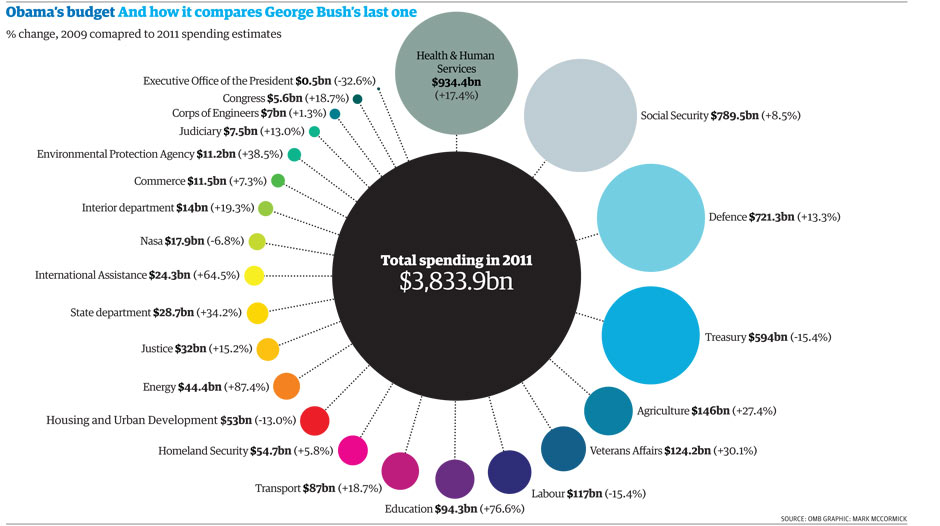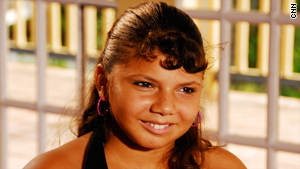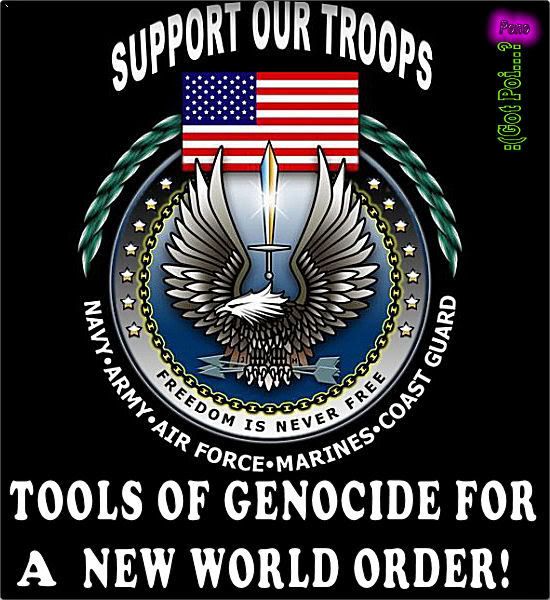
Check It Out - KoaniFoundation.org


Hale'iwa harbor parking lot being closed to homeless
By Eloise Aguiar
Advertiser Staff Writer
In an effort to regain parking for boaters at Hale'iwa's harbor, state officials willbegin closing the parking lot at night, which will affect the dozens ofhomeless people who live there.
The state Department of Land and Natural Resources installed signs at the harbor yesterday spelling out the parking rules that will be enforced.
The parking lot will be closed at night to all but permitted users, boat-slip renters and boaters with trailers.
"This is not a homeless issue, although those people are going to be affectedand they will have to vacate the harbor,"said Ed Underwood,administrator for the DLNR Division of Boating and Ocean Recreation.
Underwood said about 50 vehicles are taking up spaces that are meant for boaters.
People are living out of their cars and setting up permanent structures under nearby trees.
Harbormaster Paul Sensano estimated that 60 to 75 people are living in the parking lot.
"We're hoping to get this plan in effect by next weekend," Underwood said.
The sign installation caused concern among homeless people there andprompted area resident Judy Riggs to make phone calls to the area'slegislator and to news media.
Riggs, a retired educator who said she has lived in Hale'iwa for a year, saidshe walks past the small-boat harbor every day and is on friendly termswith one of the homeless women, who Riggs said is upset about having tomove out.
A meeting was to take place yesterday afternoon to address the issue, and Riggssaid she would go to see what more she could do to help.
"I believe if enough people that have power could come together withcompassion, we can be very creative in helping these people out," Riggssaid.
| | ||||||||
| Prejudice in Paradise Hawaii Has a Racism Problem By Larry Keller | ||||||||
| ||||||||
You no moa honor and/or integrity with Hawaiians --- then YOU are PAU! Some people mistakenly think that they can play with dat and "test" Hawaiians but it raises an important question: Didn't Figueroa know that Hawaiians TALK and TALK and TALK? Stupid!!! And E KALA MAI but the CHOSEN ONES who are leaders who help to LEAD the people are NOT stupid people. Neither is Ke Akua. That is partly why we are STILL here being thorns to some people's side LOL
BTW many Hawaiians are not American so this does not apply to some people... but anything is possible. Republicans SWEPT Virginia, New Jersey, AND Massachusetts despite Democrats being in control of the White House, Senate, AND House so it CAN be done and HAS been done to bring the house DOWN.
"You can fool all the people some of the time, and some of the people all the time, but you cannot fool all the people all the time." --- Abraham Lincoln.
Yes I quote Americans because I like to use some of their OWN words against them. Duh!
E malama pono.
 I don't mind the education increase of 78% but quantity does not necessarily correlate with QUALITY.I'm not okay with some of these exhorbitant INCREASESAgriculture +27.4%.Veterans Affairs +30.1%Energy +87.4%Congress +18.7%State Department +34.2%Transportation +18.7%Justice +15.4%International Assistance +64.5%EPA +34.5%Congress +18.7%It's ALL in the numbers."Change we can believe in."The HUD and SBA amounts are VERY troubling. HUD for homes DOWN 13%. SBA for SMALL businesses DOWN 38.2%!!!!!These two areas are integral and affects PEOPLE on a daily basis.Of course some people focus ONLY on defense. Defense rose 13.0% while other departments rose 30% to 87% HELLO.Get real.
I don't mind the education increase of 78% but quantity does not necessarily correlate with QUALITY.I'm not okay with some of these exhorbitant INCREASESAgriculture +27.4%.Veterans Affairs +30.1%Energy +87.4%Congress +18.7%State Department +34.2%Transportation +18.7%Justice +15.4%International Assistance +64.5%EPA +34.5%Congress +18.7%It's ALL in the numbers."Change we can believe in."The HUD and SBA amounts are VERY troubling. HUD for homes DOWN 13%. SBA for SMALL businesses DOWN 38.2%!!!!!These two areas are integral and affects PEOPLE on a daily basis.Of course some people focus ONLY on defense. Defense rose 13.0% while other departments rose 30% to 87% HELLO.Get real.


Meet a mother from Vieques and her two daughters who both suffer from cancer on tonight's Campbell Brown, 8 ET
 Video: Did Navy poison Americans?
Video: Did Navy poison Americans?"What I want is people to get medicine and help here," said Inna. "I know how people are suffering in this island. I see people in the streets andpoor people living like wild things. And there's kids dying on thestreet. It's not good."
 Decades later, U.S. military pollution in Philippines linked to deaths
Decades later, U.S. military pollution in Philippines linked to deaths
Please show ur condolensces to aunty Elizabeth Hubbel Haiola who passed away yesterday in Laie
Elizabeth Pilioahunui Haiola, 72, of Laie, died Feb. 1, 2010. Born in Hakipuu, Hawaii. Secretary for the U.S. Navy. Survived by sons, Victor III, Kevin, Kimo and Reese; daughters, Lorrieann, and Charol Notoa; 23 grandchildren; 26 great-grandchildren. Visitation 9 to 11 a.m. Tuesday at Church of Jesus Christ of Latter-day Saints, Laie First Ward; service 11 a.m.; burial 1 p.m. at Laie Cemetery. Arrangements by Borthwick Mortuary.
 PAUL HEPPERLY TALKS SCHEDULE AND BIOTopic: Path to Planetary Abundance; the 3 E’s, Energy, Economics & Environment: What We Eat & How We Produce it.Aloha, this is Clare Apana.Last year, I asked my friend, Dr. Paul Hepperly, if he could help us in Hawaii. He helped Ghana and Uruguay regenerate their soils, San Francisco start a citywide food-scraps-to-compost program, and has researched biological solutions for greenhouse gas pollution. So why not our precious aina? Read about some of the ways he has been working to save our environment and food in the attachments I included.He did it. He created a plan for regenerating lands like the pineapple and sugar cane fields into lands that will produce fuel, food, soil amendments and best of all, make money that stays in Hawaii, while creating jobs that can last past the next shopping center, hotel, condo or railroad. He is making his expertise in organic farming available to Hawaii farmers and has already spoken on Maui and Big Island pro bono.He is doing these talks to educate and inspire us, but also to find a way to change the way we think about doing agriculture in Hawaii. If you can make it to any of the lectures or radio shows, come to support Dr. Hepperly. He is offering Hawaii a solution that brings us good things all the way around--healthier food, products that can increase our local economy, and honoring and improving our beloved 'aina.I will be there so come and meet him and ask him some hard questions--he is a wealth of information and solutions.If you can forward this to friends you feel would like to hear a real dollars-and-sense kind of solution for Hawaii, please help me spread the word. We need a lot more of these kinds of solutions.Malama pono,Clare Apana221-0508Tuesday, February 2, 2010 3pm-5pmBilger Hall Auditorium UH Manoa Campus, by donationMap and Visitor Parking: HYPERLINK "http://www.hawaii.edu/parking/maps_assets/newvisitorparking.pdf" http://www.hawaii.edu/parking/maps_assets/newvisitorparking.pdf Topic: Path to Planetary Abundance; the 3 E’s, Energy, Economics & Environment: What We Eat & How We Produce it
PAUL HEPPERLY TALKS SCHEDULE AND BIOTopic: Path to Planetary Abundance; the 3 E’s, Energy, Economics & Environment: What We Eat & How We Produce it.Aloha, this is Clare Apana.Last year, I asked my friend, Dr. Paul Hepperly, if he could help us in Hawaii. He helped Ghana and Uruguay regenerate their soils, San Francisco start a citywide food-scraps-to-compost program, and has researched biological solutions for greenhouse gas pollution. So why not our precious aina? Read about some of the ways he has been working to save our environment and food in the attachments I included.He did it. He created a plan for regenerating lands like the pineapple and sugar cane fields into lands that will produce fuel, food, soil amendments and best of all, make money that stays in Hawaii, while creating jobs that can last past the next shopping center, hotel, condo or railroad. He is making his expertise in organic farming available to Hawaii farmers and has already spoken on Maui and Big Island pro bono.He is doing these talks to educate and inspire us, but also to find a way to change the way we think about doing agriculture in Hawaii. If you can make it to any of the lectures or radio shows, come to support Dr. Hepperly. He is offering Hawaii a solution that brings us good things all the way around--healthier food, products that can increase our local economy, and honoring and improving our beloved 'aina.I will be there so come and meet him and ask him some hard questions--he is a wealth of information and solutions.If you can forward this to friends you feel would like to hear a real dollars-and-sense kind of solution for Hawaii, please help me spread the word. We need a lot more of these kinds of solutions.Malama pono,Clare Apana221-0508Tuesday, February 2, 2010 3pm-5pmBilger Hall Auditorium UH Manoa Campus, by donationMap and Visitor Parking: HYPERLINK "http://www.hawaii.edu/parking/maps_assets/newvisitorparking.pdf" http://www.hawaii.edu/parking/maps_assets/newvisitorparking.pdf Topic: Path to Planetary Abundance; the 3 E’s, Energy, Economics & Environment: What We Eat & How We Produce it
 Get Your Shirt Here - UnKauInoa.org Mahalo To Ray Walker - Jefferson City Missouri
Get Your Shirt Here - UnKauInoa.org Mahalo To Ray Walker - Jefferson City Missouri